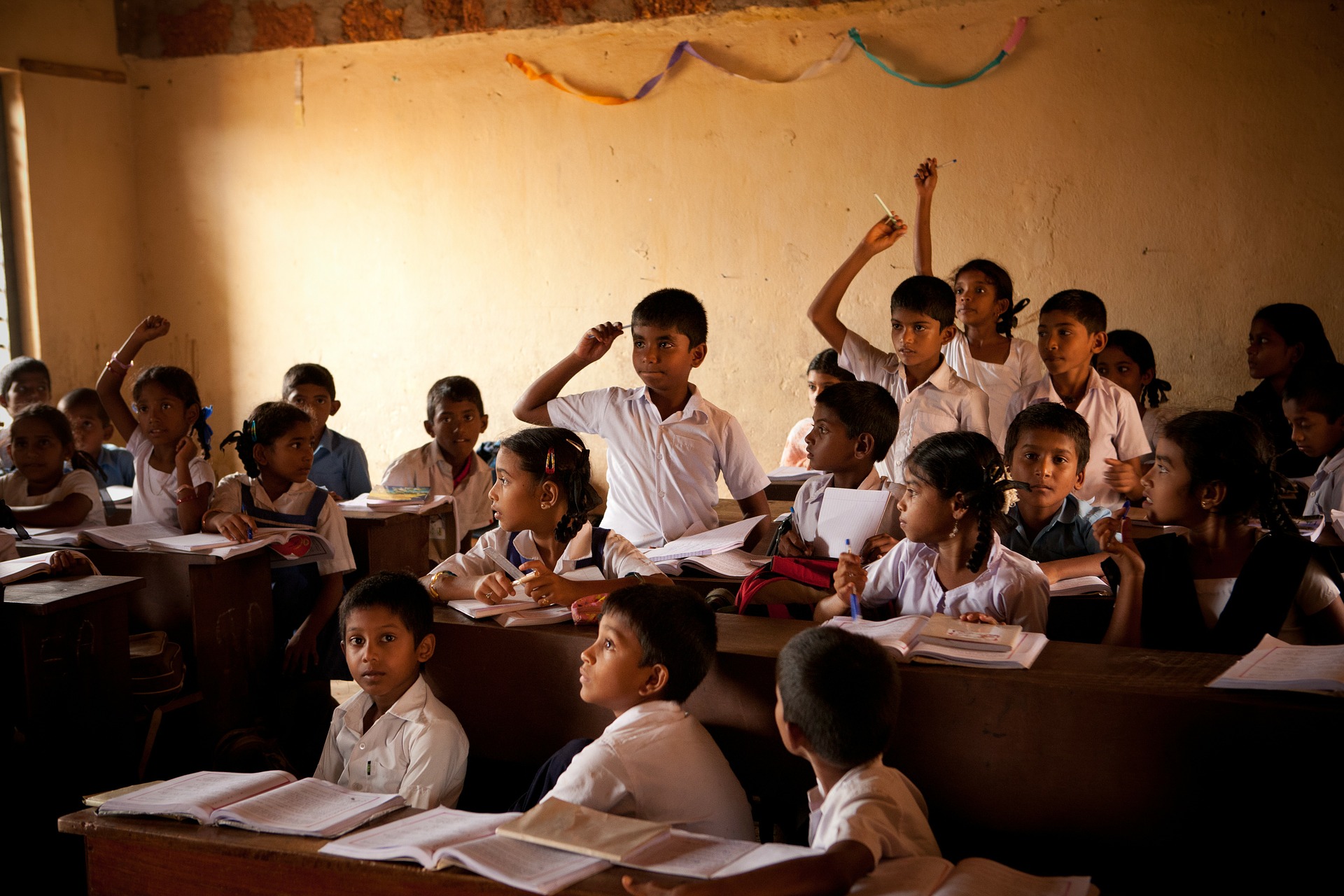The role of a school is of great importance in building up a child’s future and personality. But in India, due to lack of appropriate means and basic amenities, many kids are deprived of getting primary education as well. Over the years, this gap has become comparatively less, but it stills a long way to go. It is imperative to fill this gap as a country’s future and progress solely depend on the education of the present generation.
Indian education system comprises of three significant variants; government schools, private schools and international schools. The government schools are primary and secondary, giving education to students without any charge. It is an initiative by the local, state, and central government to impart education to maximum students. These government controlled these schools, and all government schools follow the same curriculum in India.
Factors affecting the Government Schools
They are less on funds, thus provide fewer facilities as compared to the private schools in India. As the school is bound to take in the students who belong to their respective geographical zones, the number of students per class is also higher. Due to inadequate infrastructure, government schools are unable to provide an atmosphere of competition in the school. The result of this is that some students pass with flying colours, wherein mostly lack the required aspirations to succeed in life.
Another challenge faced by government schools is the lack of qualified teachers. In India, teaching is the last career option for most youngsters as they don’t see recognition in terms of career growth and compensation. As soon as the teachers of government schools are posted in rural areas, either they apply for leave or transfer. Now the remaining teachers are supposed to handle kids of several age groups in the single classroom. It is not only inappropriate but also very exhaustive for the teachers.
Results faced by the students
We can very well estimate the repercussions of the above-stated factors on the students studying in these government schools. The IQ level of the average private school student is a lot higher than an average government primary school student. It is a grave matter the government needs to address for better future of children.
The teachers are not very dedicated to implementing newer techniques and innovative methods in their teaching patterns. Thus, the students lack overall development in their skills. As the government control these schools, they face a lot of political intervention in the administration. Due to this, it is challenging to incorporate newer and better methodologies for the betterment of schools and children.
Private Schools in India
As parents, we, the educated chuck of our generation, will never prefer a government school over a good private school, for our kids. Will we? The answer is no as we are well aware of the coming scenario in the future. We all want our kids to be well prepared in every aspect to face the various challenges of life. A private school in India keeps a complete watch over a child’s education and his/her overall development.
Private schools have the advantage of smaller classes so the teachers can give special attention to every student. The accessibility to resources like books, supplies and computer is much better in private schools. They are more disciplined and follow a strict curriculum for the betterment of students. DPSG Sushant Lok is the best private school in Gurgaon, built on a culture that fosters creative and innovative thinking. It is the best CBSE school in Sushant Lok offering modern, world-class infrastructure.

